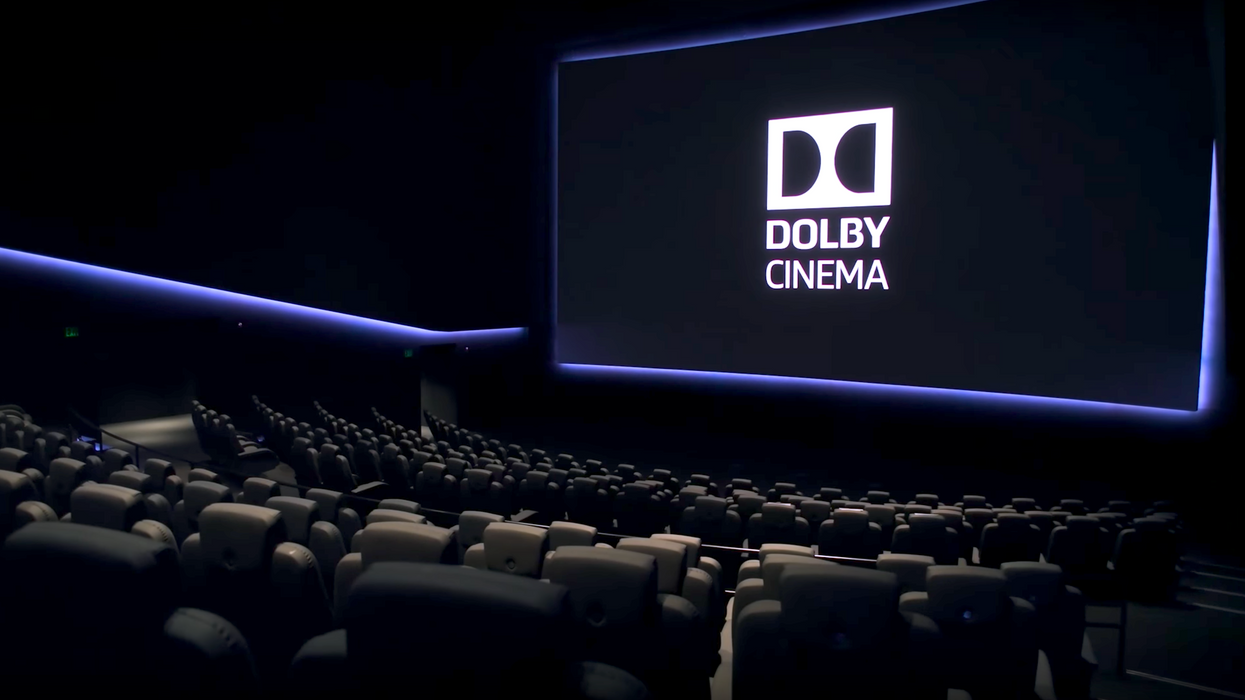Inside Dolby Cinema: Tour of One of the Most Immersive Movie-Going Experiences Ever
An inside look at how Dolby Cinema aims to give you the absolute best movie-going experience.

Throughout history, movie theaters have evolved to attract new movie-goers. In the 1910s through the 1940s, movie "palaces" were ornately decorated theaters designed to provide patrons with an atmosphere mimicking an outdoor courtyard, complete with facades, fauna, and projectors called Brenograph that projected clouds and stars onto the ceiling.
Even though more modern cinemas don't look anything like they did a century ago, theater owners still strive to give movie-goers a unique and immersive experience, whether it's with the snacks and food, 3D, or stadium seating. Dolby Laboratories is one company that is aiming to take theater audio and visuals to places it has never been before, and the team over at RocketJump Film School got to take a tour of Dolby Headquarters based in San Fransisco to learn more about its premium cinema concept, Dolby Cinema.
In a time when more and more people are choosing to watch movies at home on TVs, computers, and smartphones, it seems as though Dolby's battle is largely uphill. Theater attendance is down, box office sales are down, movie theater chain shares are down—how do you get people to drive to a theater and pay for movie tickets when they've already got popcorn, Netflix, and a 72-inch 4K TV at home?
Popular chains have already introduced better options to attract customers, including better food, alcoholic beverages, and leather recliners that can be reserved ahead of time. But perhaps one of the most effective, or at least spectacular attraction is Dolby Cinema's proprietary technologies, the 4K laser projection system Dolby Vision and Dolby Atmos, a sound format that allows audio to be reproduced with pinpoint accuracy through 64 individual speakers placed throughout the theater.
Is it enough to get more customers inside auditoriums? Maybe not—not so far, at least. (It's been around since 2014.) However, I imagine most filmmakers can't help but marvel at the technological feat that Dolby has accomplished.
Source: RocketJump Film School












